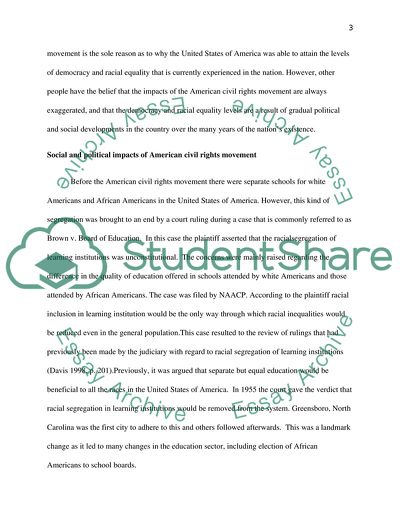Cite this document
(American Civil Rights Movement (1955-1968) Case Study, n.d.)
American Civil Rights Movement (1955-1968) Case Study. https://studentshare.org/history/1855186-american-civil-rights-movement-1955-1968
American Civil Rights Movement (1955-1968) Case Study. https://studentshare.org/history/1855186-american-civil-rights-movement-1955-1968
(American Civil Rights Movement (1955-1968) Case Study)
American Civil Rights Movement (1955-1968) Case Study. https://studentshare.org/history/1855186-american-civil-rights-movement-1955-1968.
American Civil Rights Movement (1955-1968) Case Study. https://studentshare.org/history/1855186-american-civil-rights-movement-1955-1968.
“American Civil Rights Movement (1955-1968) Case Study”. https://studentshare.org/history/1855186-american-civil-rights-movement-1955-1968.


